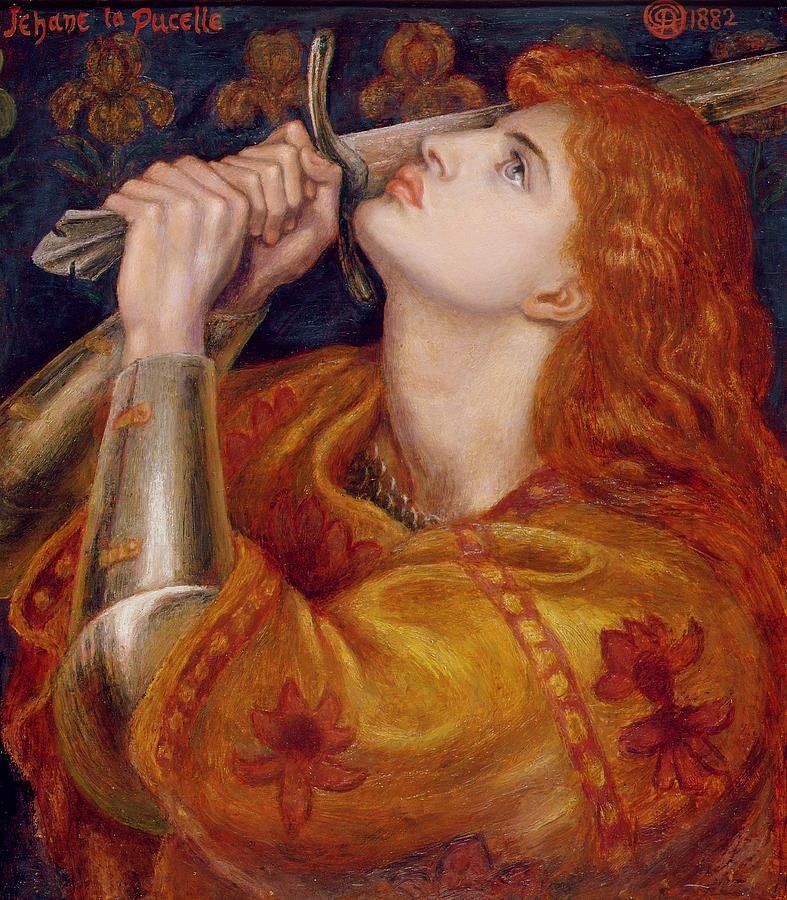The first known settlers (colonizadores) to the Paris area were Celtic boatmen (barqueros) who probably arrived around 250 BC and found Île de la Cité to be a perfect base for trading (comerciar) and fishing. The Romans conquered the area around 50 BC and called the city Lutetia, but in the third century AD Germanic invaders conquered the region and used the island as a military outpost (puesto fronterizo) without any significant development.
Following Viking invasions in the 800s, a series of counts (condes) began to establish a royal dynasty, and by the twelfth century Paris had become the capital of France. After the 1200s, the island had established itself as the centre of government and religion, while the Left Bank was the educational centre and the Right Bank grew to become the centre of commerce and trade.

During the Hundred Year’s War, Paris fell under Burgundian occupation and Joan of Arc was unable to retake the city in 1429. The city was re-conquered in 1437, but the kings of that period abandoned the city to live in the Loire Valley. King Henry IV drove Catholic forces out of Paris and re-established the royal court in the city in 1594, although in 1682 King Louis XIV moved the court to the palace at Versailles outside Paris.
Paris played a key role in the French Revolution, the most notable event being the Storming of the Bastille in 1789 and the ousting (desplazamiento) of the monarchy in 1792. A century later, the Universal Expositions in the late 1800s helped to position Paris as a world capital. Paris avoided occupation during World War I, and in the 1920s it became a magnet that attracted literary and artistic figures from around the world, including Pablo Picasso, Ernest Hemingway, Ezra Pound and James Joyce.

The depression of the 1930s hit Paris hard, as it did other places. During the Second World War Paris fell under German occupation, which lasted four long years until its liberation in 1944, and was fortunate to avoid massive destruction. In the post-war boom period, the Paris suburbs underwent (experimentaron) massive growth and La Défense business district was set up.(establecido)
In the late 1960s and 1970s, a decline in industrial activity saw some of the inner suburbs languish, (languidecieron) with very high levels of unemployment and social problems, leading to occasional social unrest and riots (revueltas) in the 1960s, 70s and 80s. The more recent 2005 riots, involving angry and frustrated youths,(jóvenes) showed the rest of the world that Paris, which prides (enorgullece) itself on its cosmopolitan and open-minded (de mentalidad abierta) attitudes about many things, still has a long way to go on issues of race and ethnicity.
.

No comments:
Post a Comment